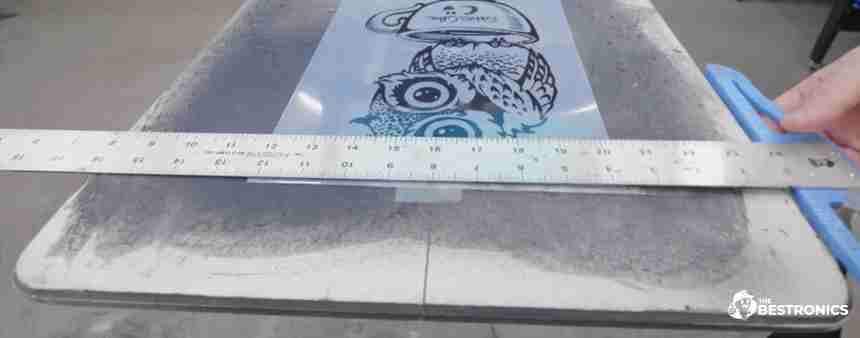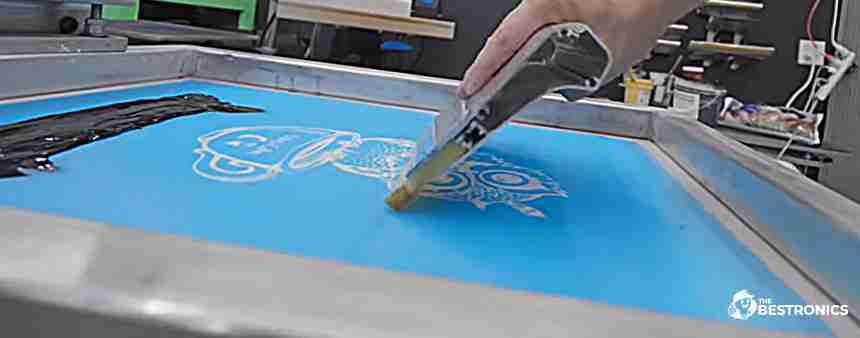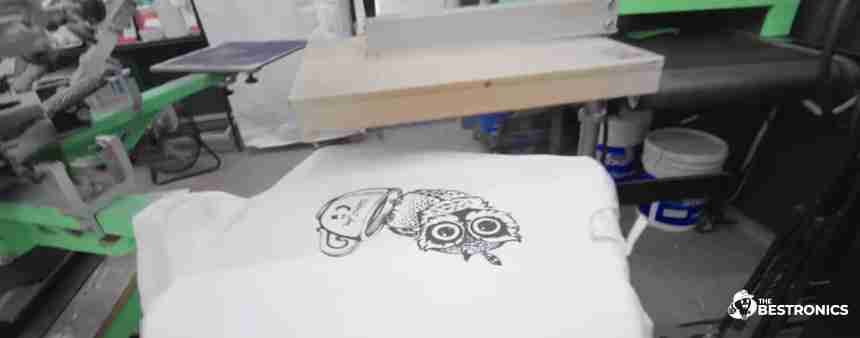Do you feel that making screenprint transfers is an intricate process? It might be for beginners, but it is much simpler to do than you thought! Screen printing, as it is evident from the name, is all about the process of performing print work on a screen.
Making screen print transfers is a straightforward approach for performing artwork as quickly on various garments as possible. As it will help you display an excellent print appearance with increased flexibility and a cost-saving system.
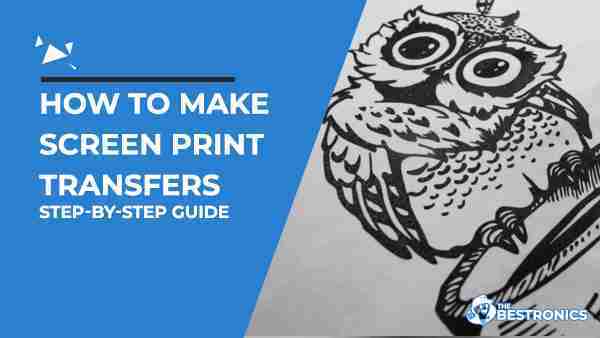
If you don’t know how to make screenprint transfers, we are right here to help you! Here we have a complete discussion about a quick tutorial guide for performing an easy and fast screen print transfer.
What is a screen print transfer?
For some people, the term screen print transfer is quite a new concept. So, first of all, we will have a short overview of a screen print transfer! Screen-printed transfers are the screen prints on the release paper through the inks, subsequently transferred over the destination textile, plastic, or non-woven fabric when it is hot. This whole transfer application is carried out through the heat press, which maintains the correct temperature needed for transfer.
Best Screen Printing Machines
Supplies Needed to Perform Screen Print Transfers
To perform screen-printed transfers for t-shirts, you need the following tools and supplies:
- Standard screen printing equipment, including squeegees, the screen printing press, and the heat press printer
- Around 110-156 mesh screens
- Dual-edge scoop coater with both the round and thin coating edge
- Reliable Transfer paper
- Transfer adhesive powder
- Easy-to-use Opaque Plastisol ink
By mixing adhesive into opaque plastisol ink, you will experience a greater volume, and it will often generate a sort of thicker buildup over the transfer paper.
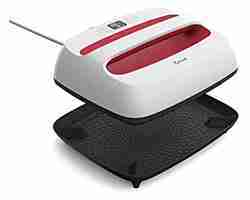
Cricut EasyPress 2: Heat Press Machine For T-Shirts and HTV Vinyl Projects
The advanced heat plate design and the latest technology provide the best results, regardless of the project. It is highly compatible with a variety of transfer vinyl and infusible inks. The highly portable, easy-to-use, and convenient device will be your perfect companion.
Step-by-Step Guide on How to Make Screen Print Transfers?
Now, without wasting any time, let’s move on to our main topic of discussion! The whole process of learning about how to make screen-printed heat transfers is quite simple. It is an efficient solution for business owners to expand their entire business and gain some high profits.
The process of screen printing transfer is also known as plastisol heat transfer. In this procedure, the screen-printed images are printed in reverse on the plastisol transfer paper. This transfer paper is placed in a face-down direction against the heat of the shirt to display a fantastic print.
Below, we have a step-by-step tutorial for beginners about custom screen-printed heat transfers. So, let’s get into the discussion below:
- If you are printing on paper, you need to be the best with great screen tension. You have to use around the 8th or 15th inch of the off-contact. In this way, the screen mesh will be able to release ink over the transfer paper.

- At an angle of 70–75 degrees squeegee, you have to apply medium pressure. Just flood it by using one squeegee stroke, and then you have to let the ink release after the printing.

- In this third step, you have to flash-cure the ink at 180–260 degrees Fahrenheit. But it would help if you never let it get hotter than 280. Otherwise, the ink might get overt.
- Now, it’s time to print the final color if you are performing a multicolor design. However, you should leave behind the wet ink to give the adhesive something on which it can stick. Sprinkle the sticky powder on the paper in an open bin. Cascade the whole powder over the entire printing area, and then tap off any excess powder.
- You can even run the dryer through it to make sure that the transfer ink has taken itself to at least 275 degrees Fahrenheit to get a gel cure. But, if it gets too hot, the whole design will never be able to release itself on the garment.

- When the screen-printed transfers are all set to get heat-pressed, you should double-check the paper to confirm that it does not have any unwanted markings on it. If the answer is yes, then cut them out.
- You have to set the heated press to almost 330 degrees Fahrenheit for at least 10–12 seconds for the cheap screen print transfers. Make sure it is at medium pressure.
How to make stickers to sell
How long do screen-printed transfers last?
All beginners want to know how long screen-printed transfers last! If you wish for the heat transfer to have a longer life span, make sure you store it in a closed plastic bag to protect it from humidity changes or drastic temperatures. Avoid placing it closer to high temperatures or damp areas. With just minimal problems, the heat transfers for t-shirts can last for a maximum of 15 years.
What printer do I need to make screen print transfers?
To perform the screen print transfer at its best, it is mandatory to figure out what printer I need to make screen print transfers. Digital Heat FX is the best and most reliable system based on the LED white-toner printer. Because it works in full color, the CMYK printer can directly print the transfer material from the file on your PC. As a result, you will get some excellent-quality transfers to easily apply to the shirt in just a few minutes.
Conclusion
Well, we hope that through this whole guide on on-screen print transfers, you have got enough information about how to make screen print transfers at home. No separate science or technological knowledge needs to be followed. To have a simple and fastest printing design method on garments, we highly recommend you learn heat transfers with screen printing.
It’s a complete cost-saving method that often brings a string of great benefits for you to perform garment printing at an advanced level. However, you can get all the supplies and tools for screen printing at a reasonable cost from different shops.
Try it now!
References:
- https://www.printmytransfer.com/296-what-screen-printed-heat-transfer.html
- https://blog.transferexpress.com/shelf-life-of-screen-printed-transfers/
- https://www.screenprinting.com/blogs/news/screen-printing-plastisol-heat-tranfers
- https://exiletech.com/blog/how-to-make-screen-print-transfers/
- https://heatpressguide.com/complete-guide-to-creating-your-own-heat-transfers/

